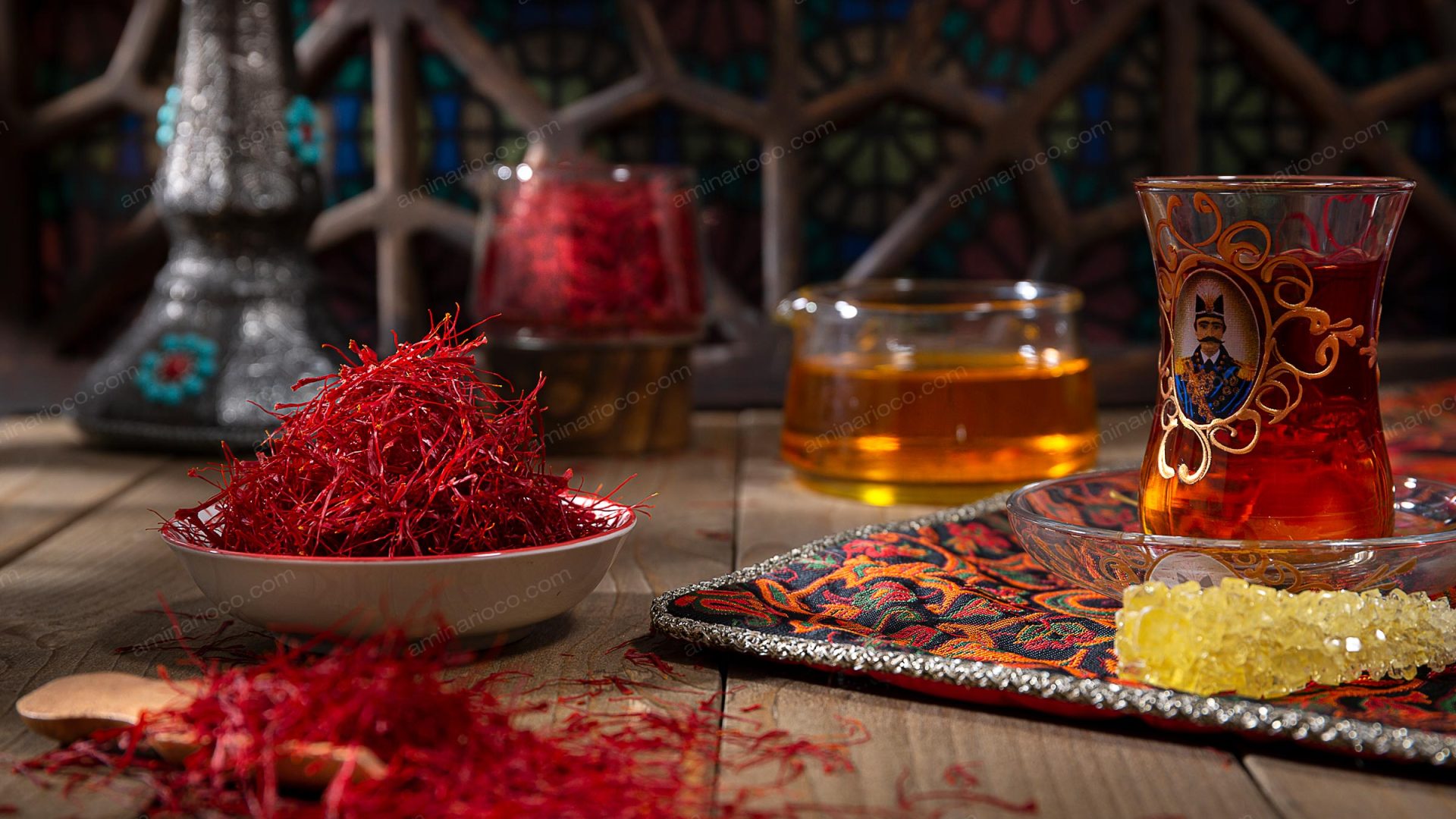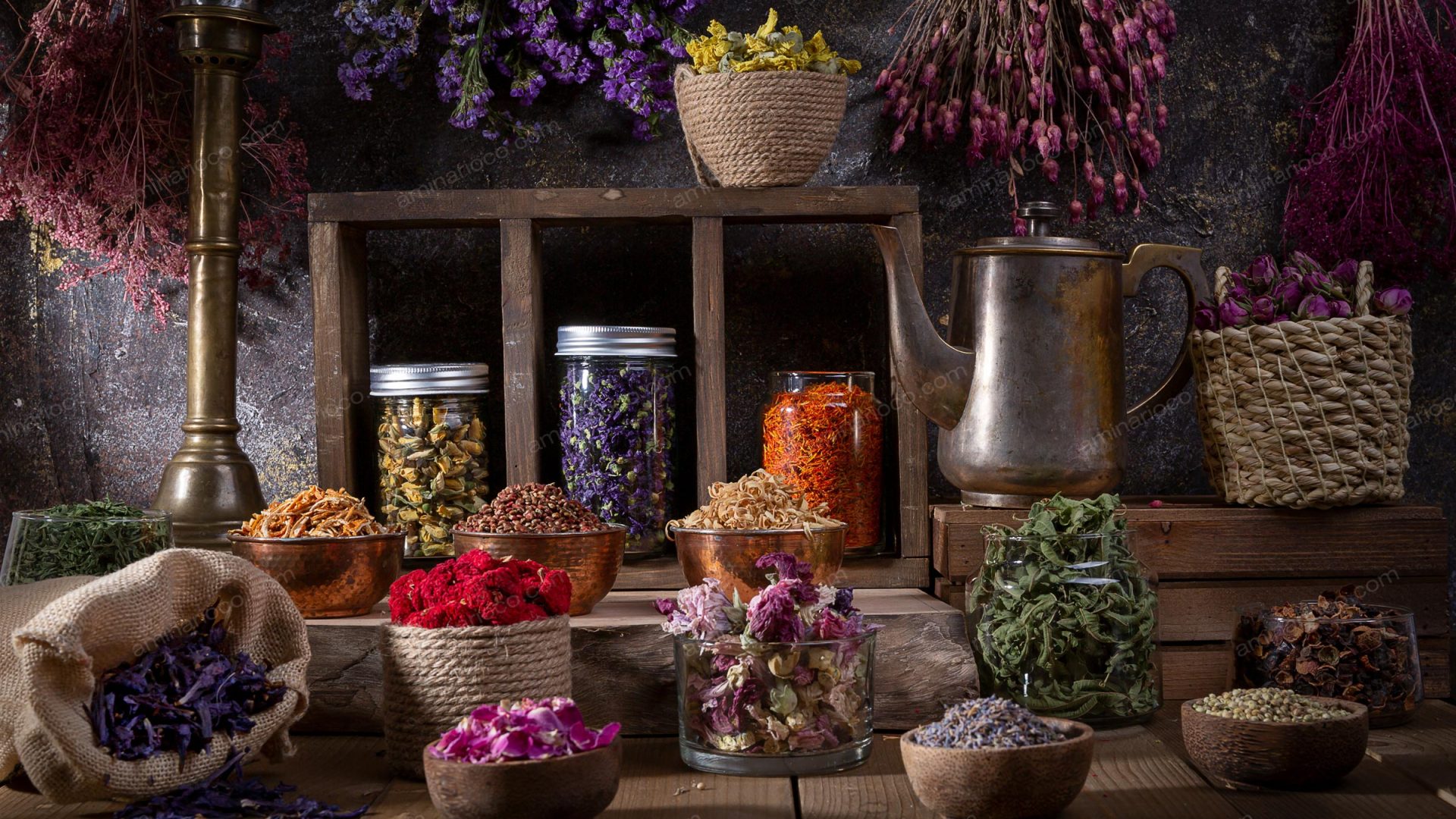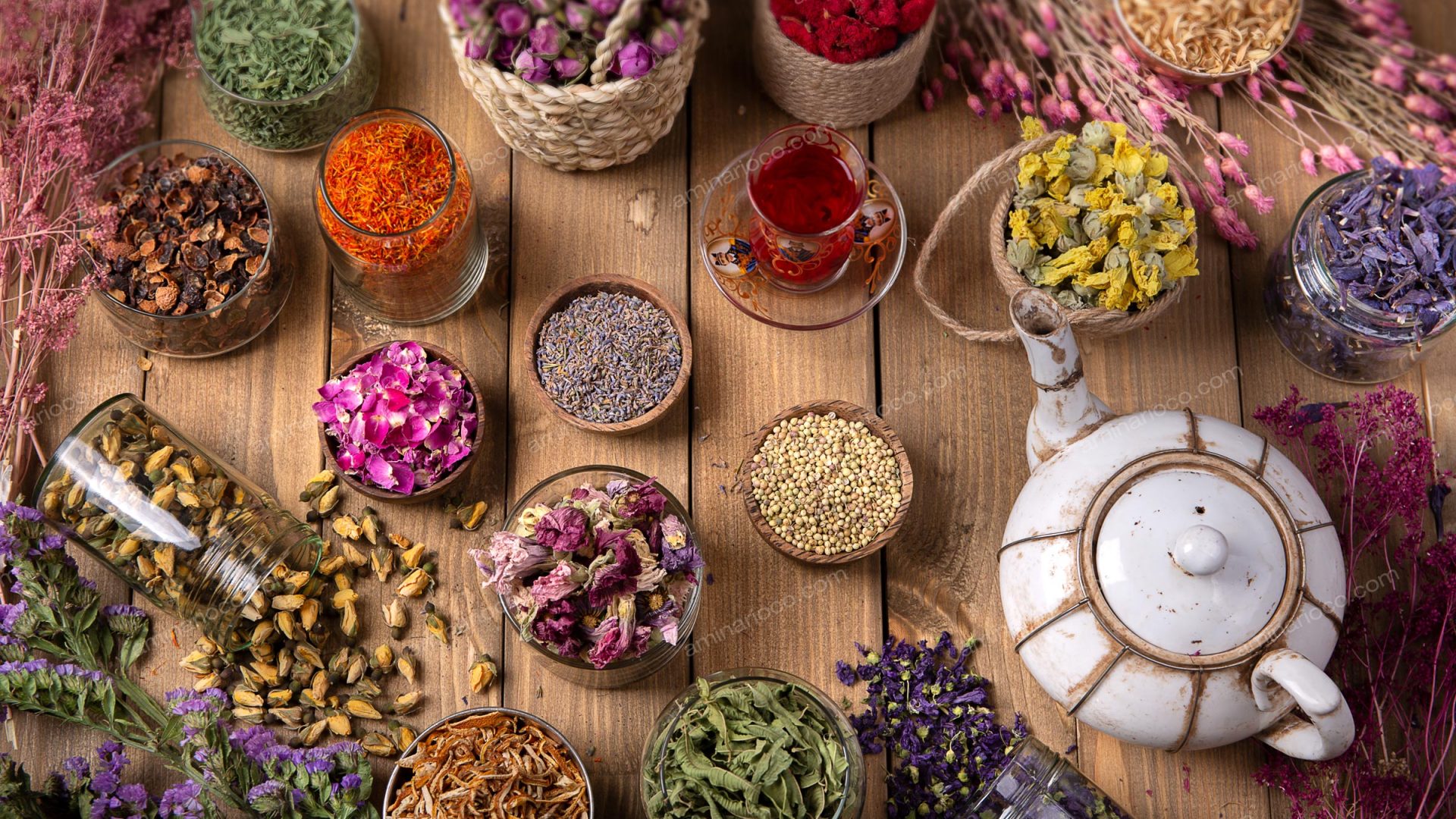




Amin Ario Rad Paydar Trading Co.
The Joy Of Living With Nature

Tea
Until the end of the 15th century, Iran’s hot beverage of choice was coffee – however, its distant location from the main coffee producing countries meant that beans were hard to obtain Tea was much easier to get in Iran, thanks to the overland trade link with ...

Saffron
Iranian Saffron, also known as the "Red Gold," is one of the world's most expensive spices, and it has been used in Iranian culture from medicinal and spiritual uses to delicious, colorful foods. Iran takes 88% of the world’s saffron production of about 390 to ...

Spices
Spices are what give meaning and spirit to our food and therefore our lives. Various kinds of them are used differently around the globe, and the delicate flavor that they make in a good combination represents the feelings that are to be passed on to foreigner ...

Herbals
In herbal production, Iran is amongst the most geographically diverse countrie in the world This ancient nation can be divided into 12 separate geographic environments and boasts 5 major climates. No wonder Iran is so diverse when it comes to the natural he ...

Dried Fruits
Dried Fruits, these two words reminds us one of the most ancient and traditional ways of preserving fresh fruits. Its actually a way to keep the priceless treasure of the nature for a longer time According to historical records, Iran's export of dried fruit ...







